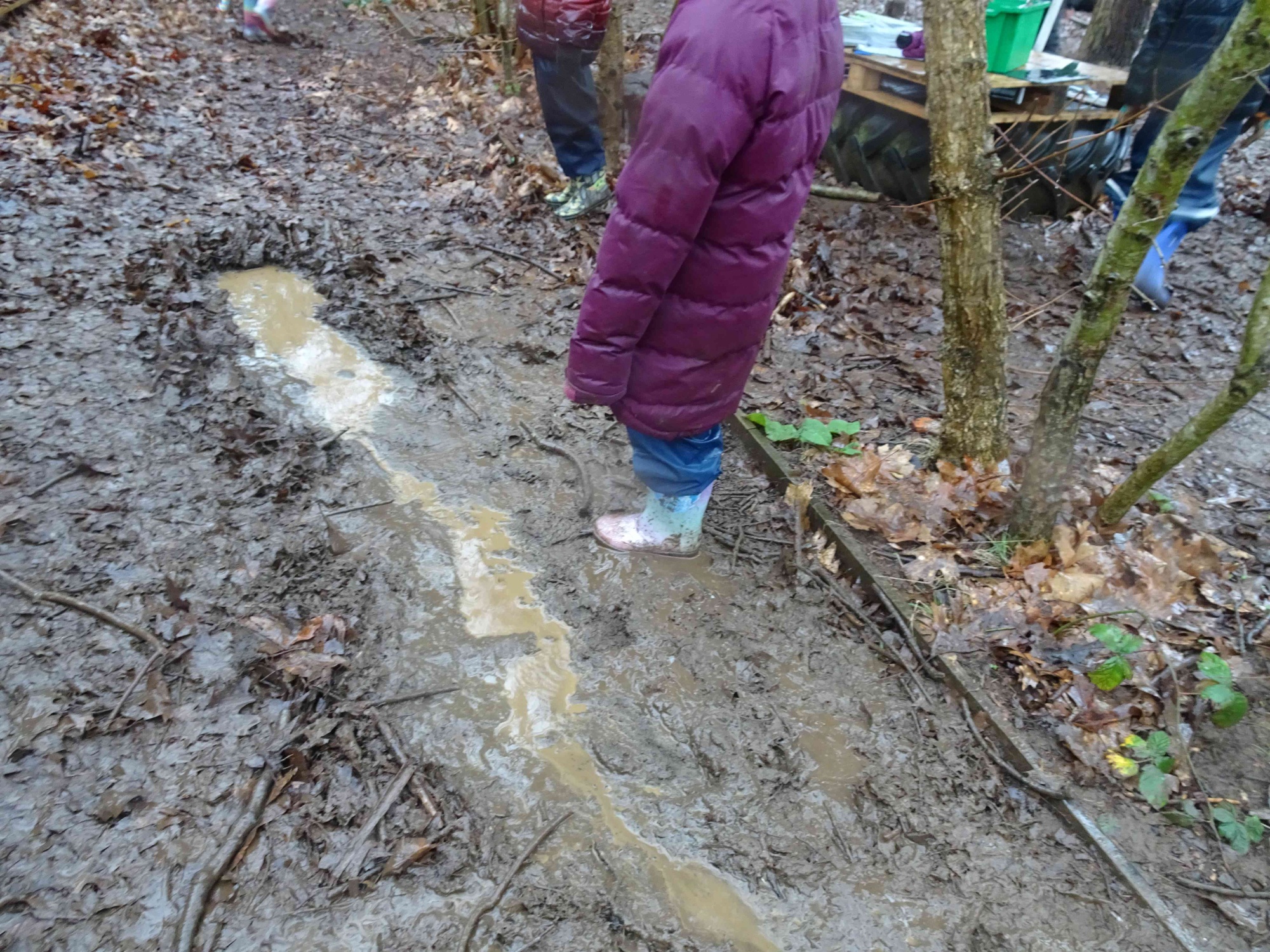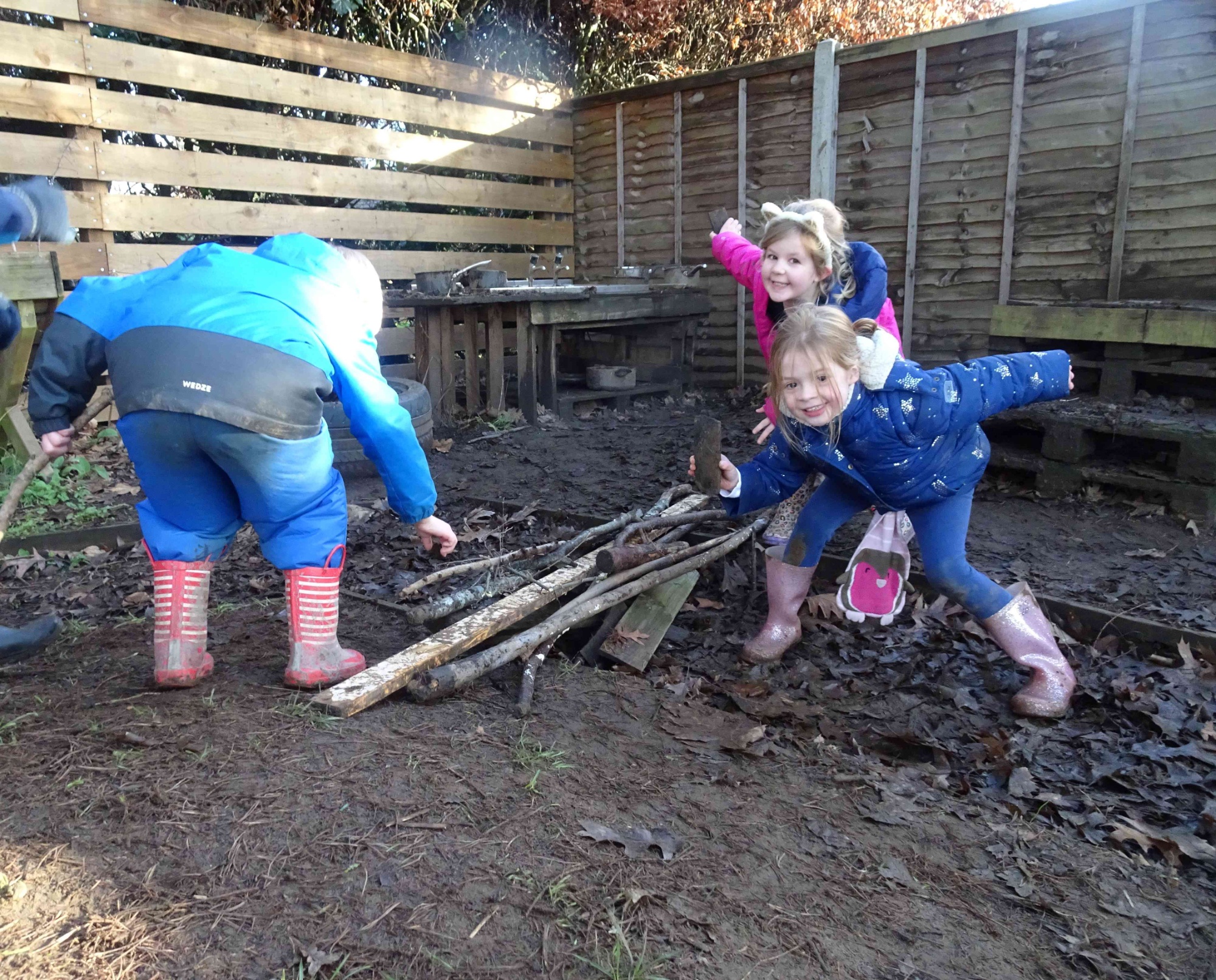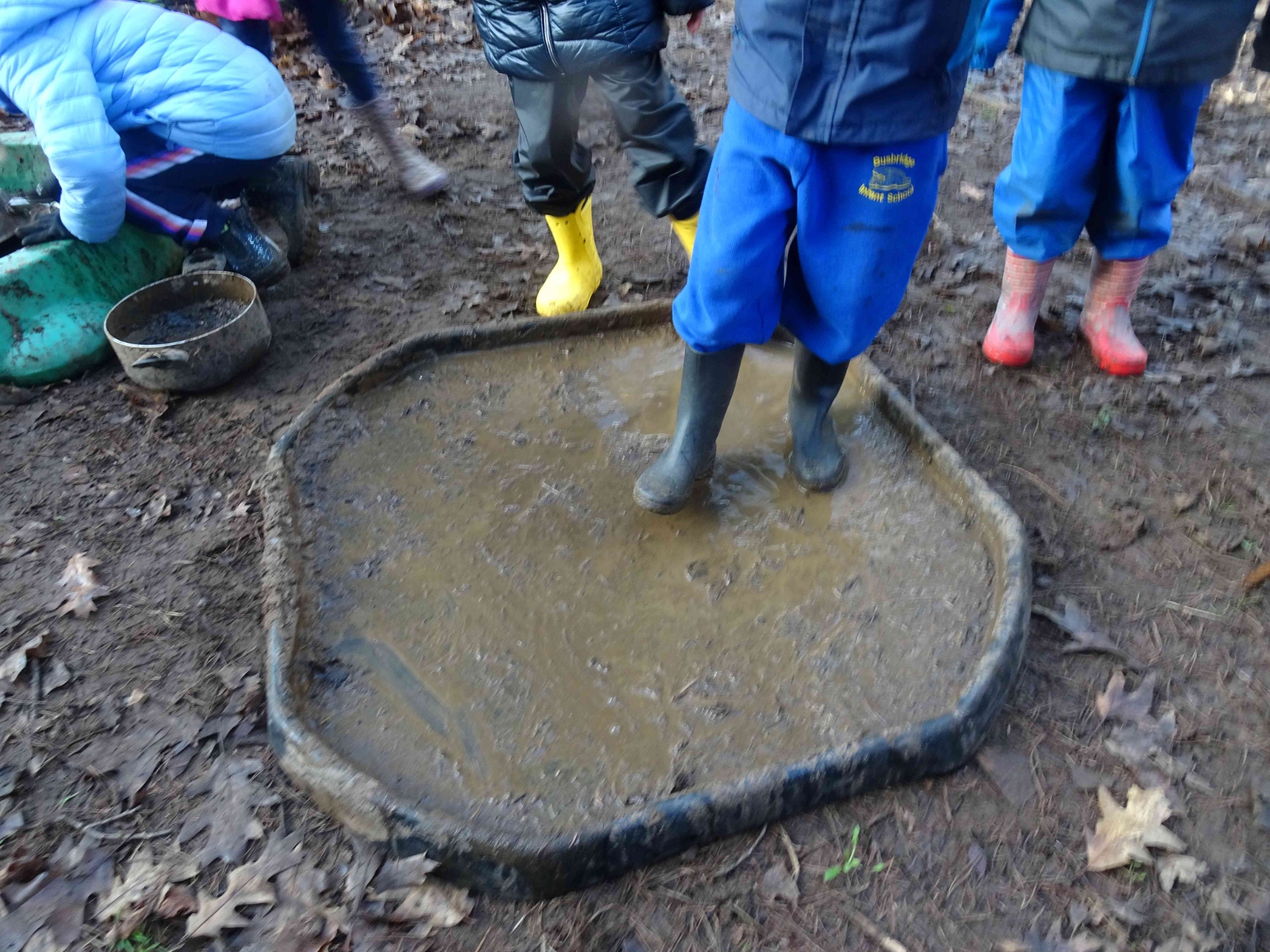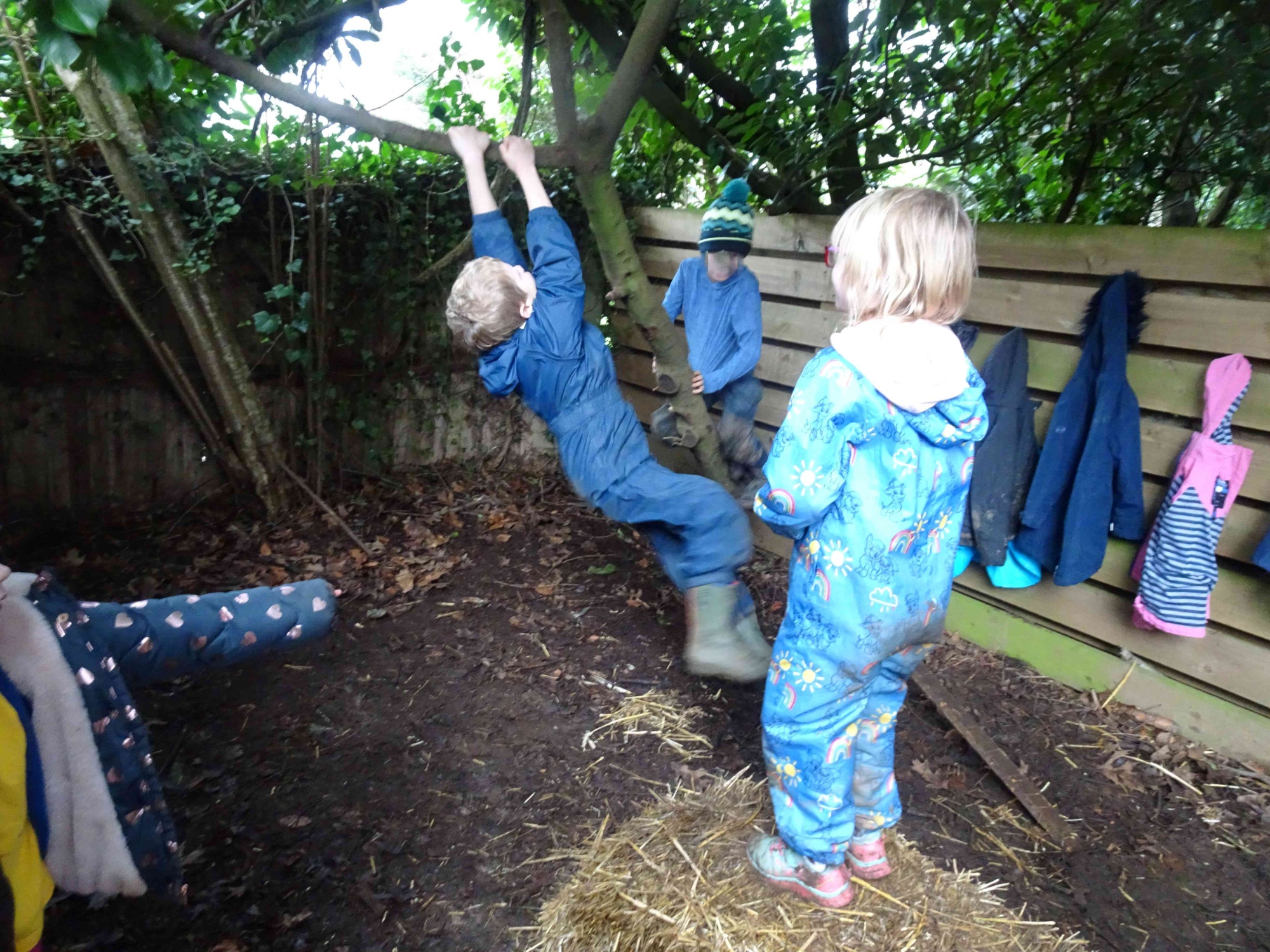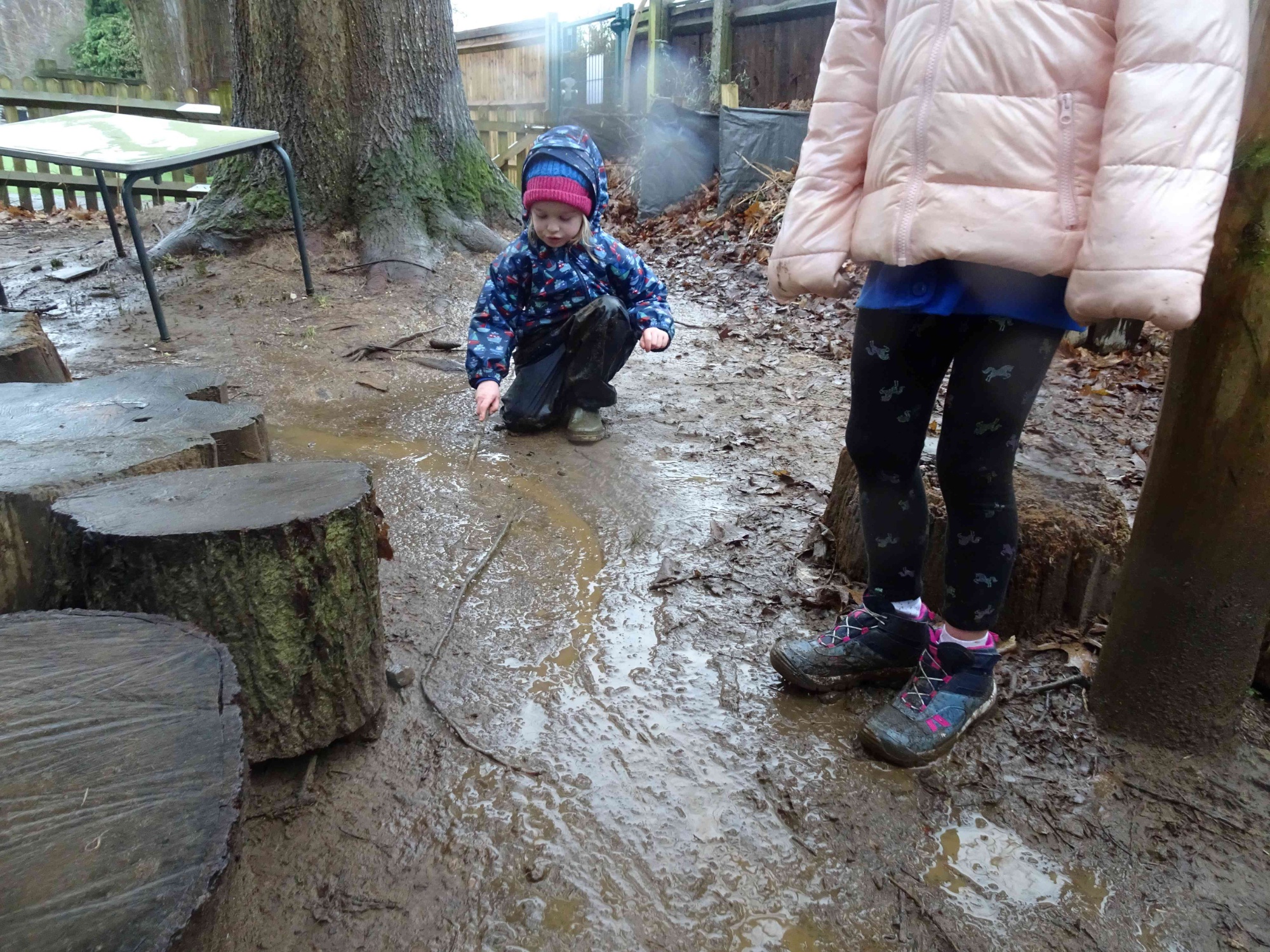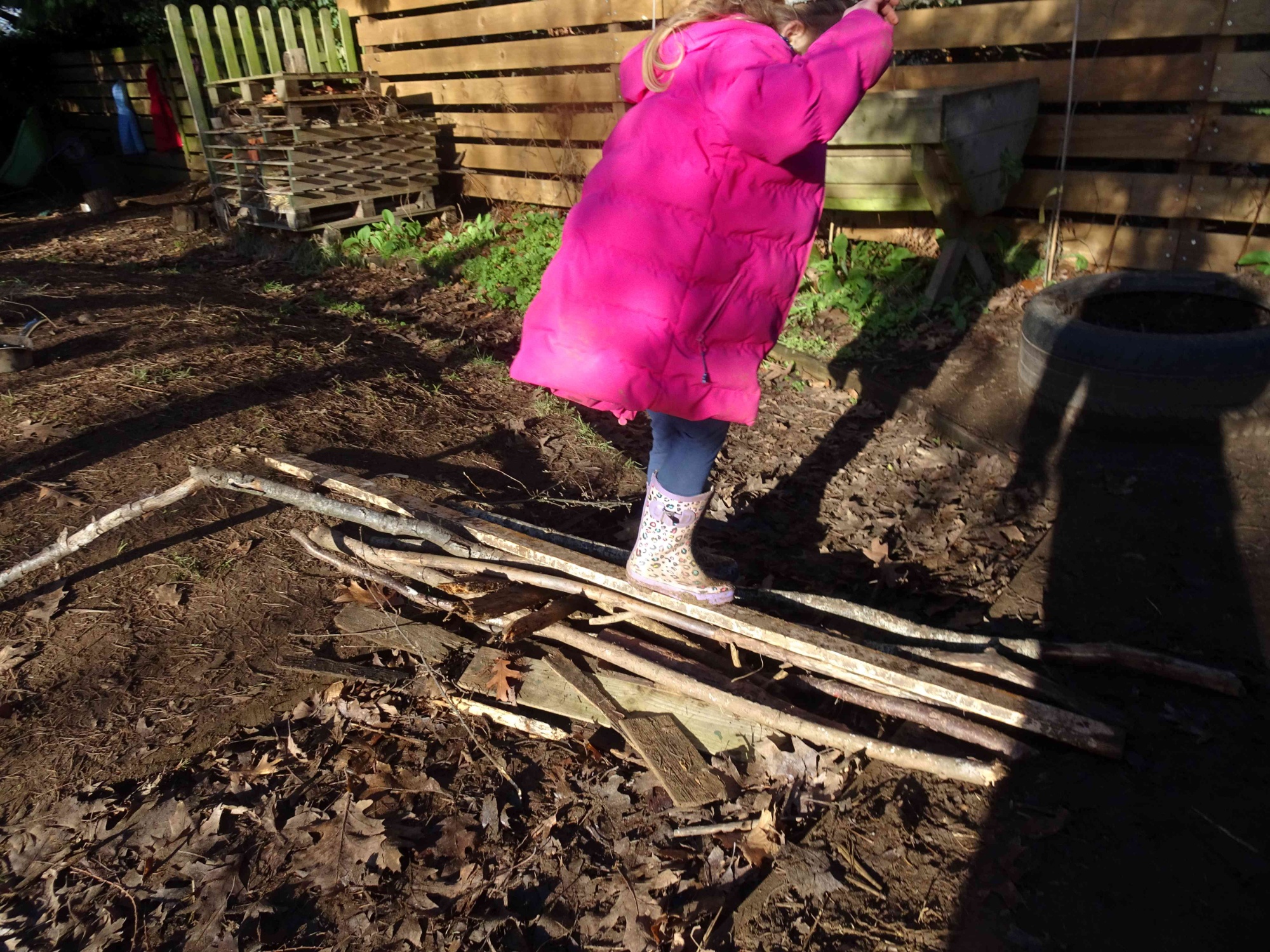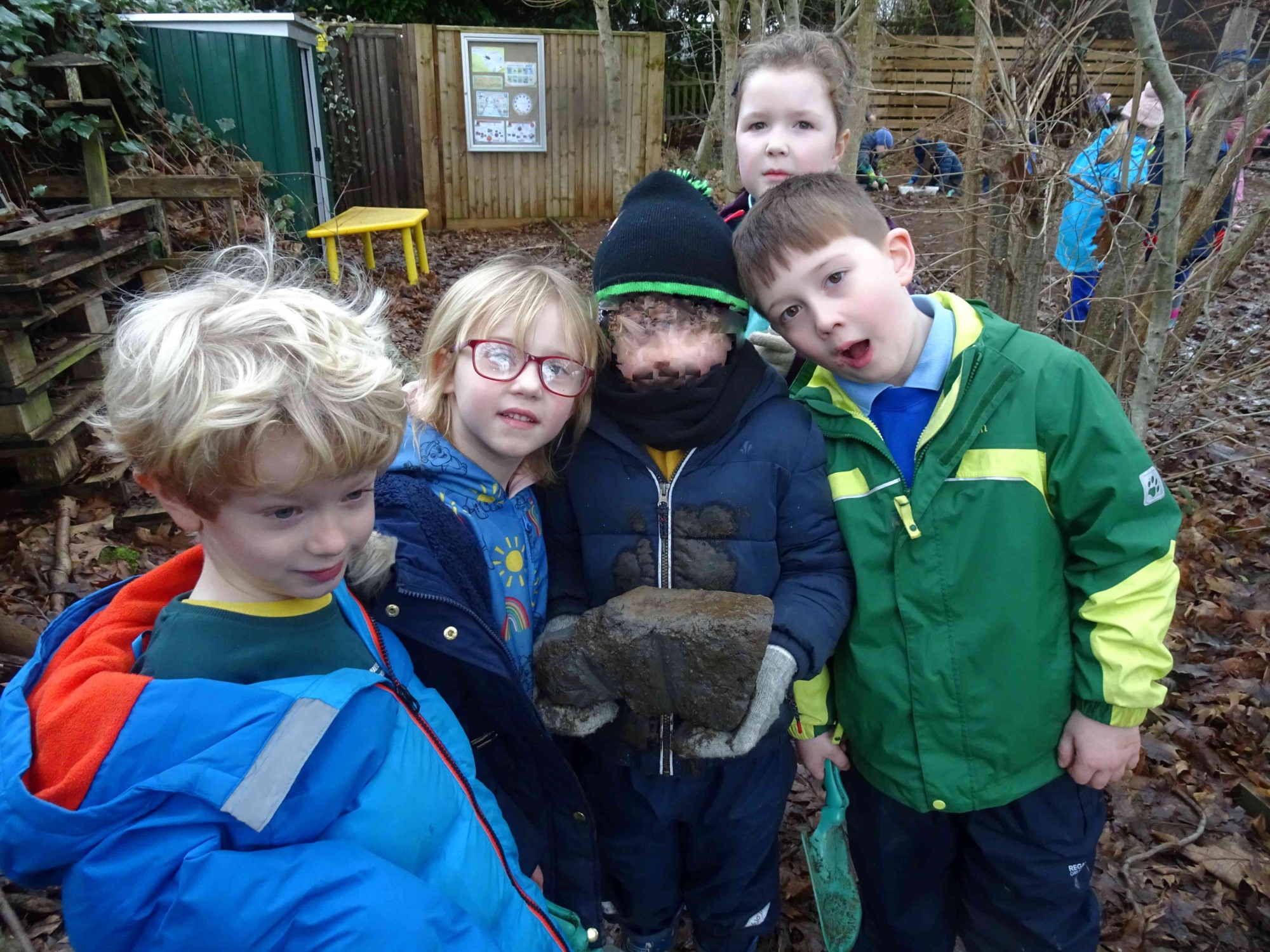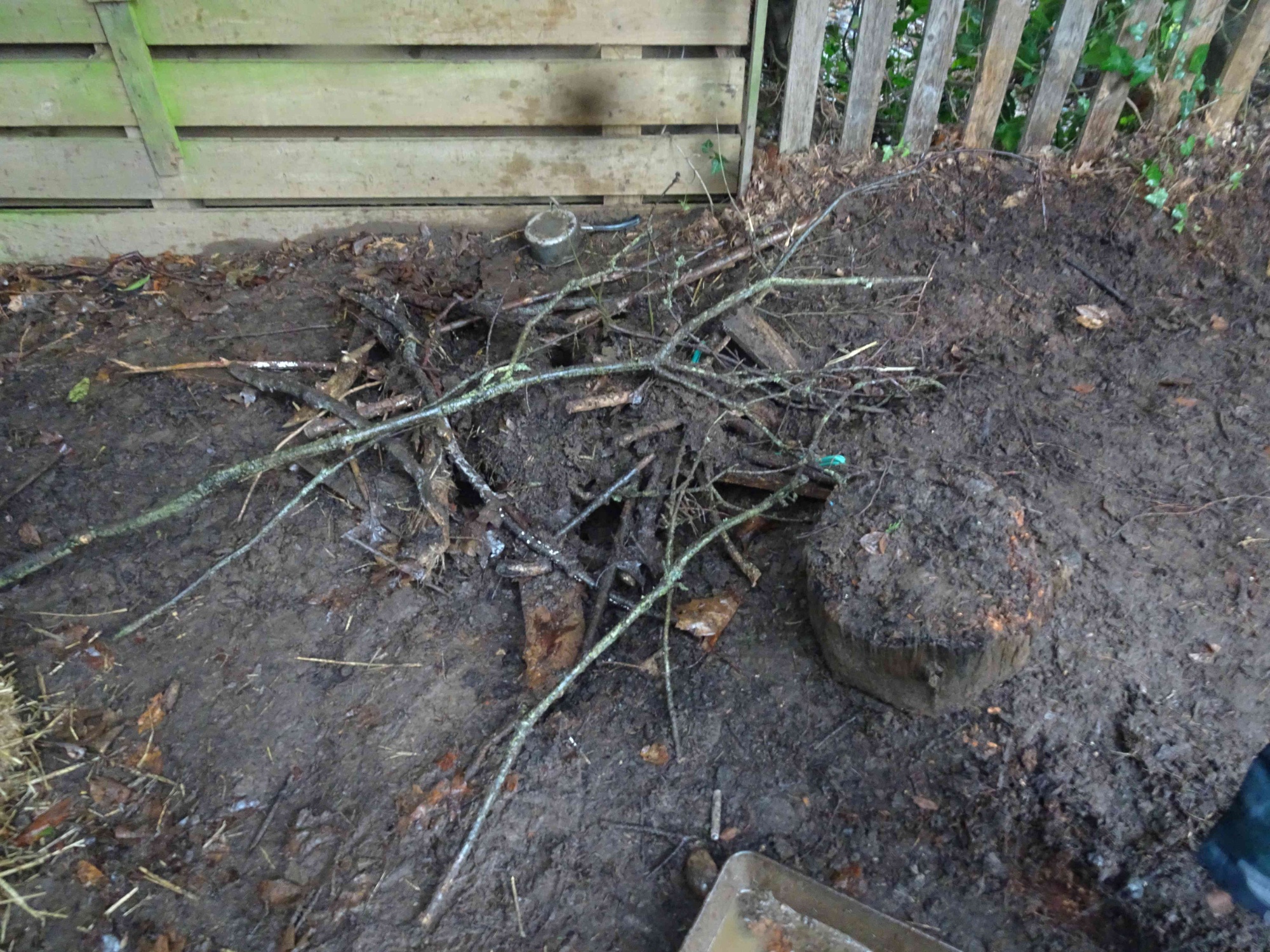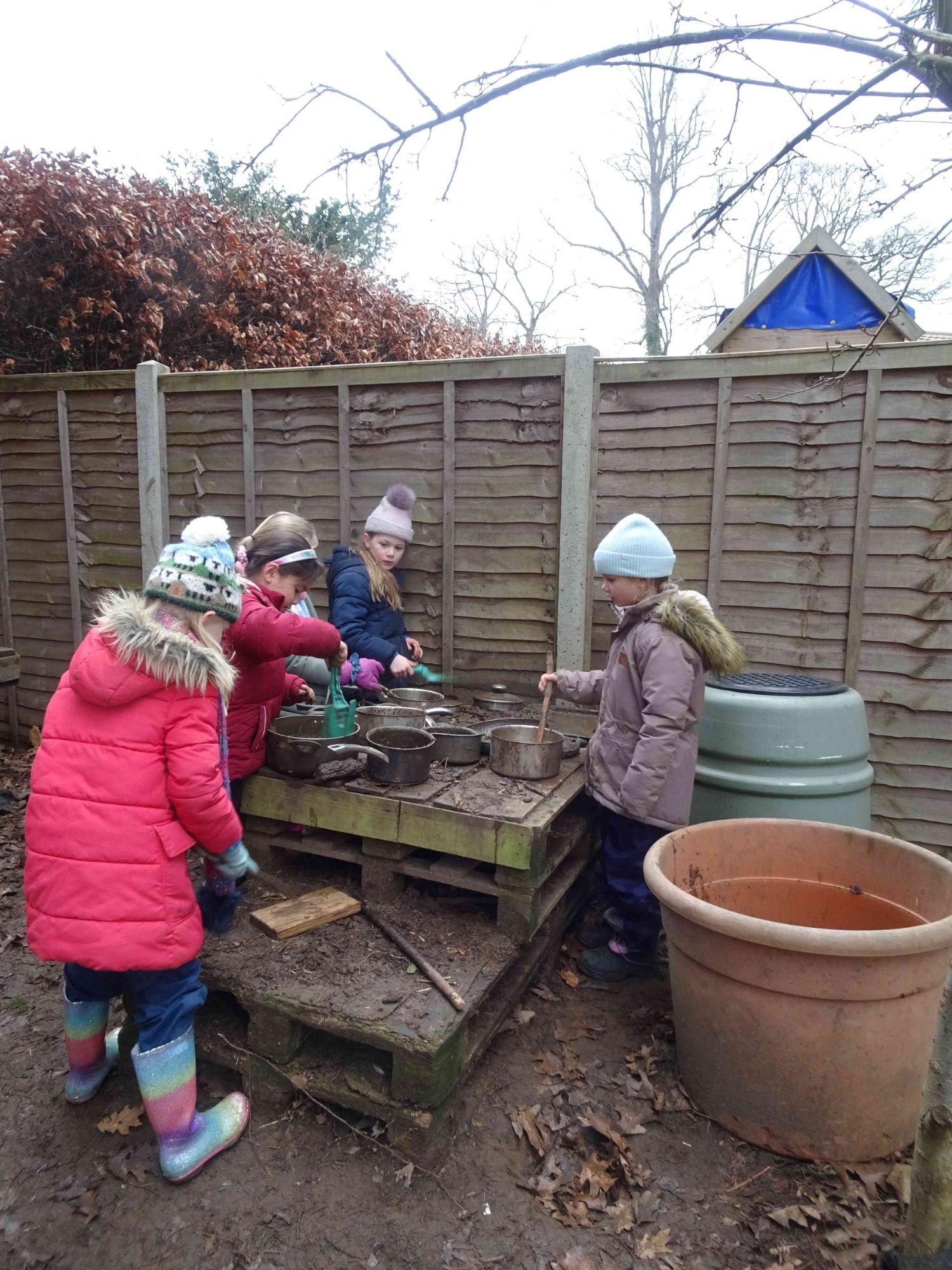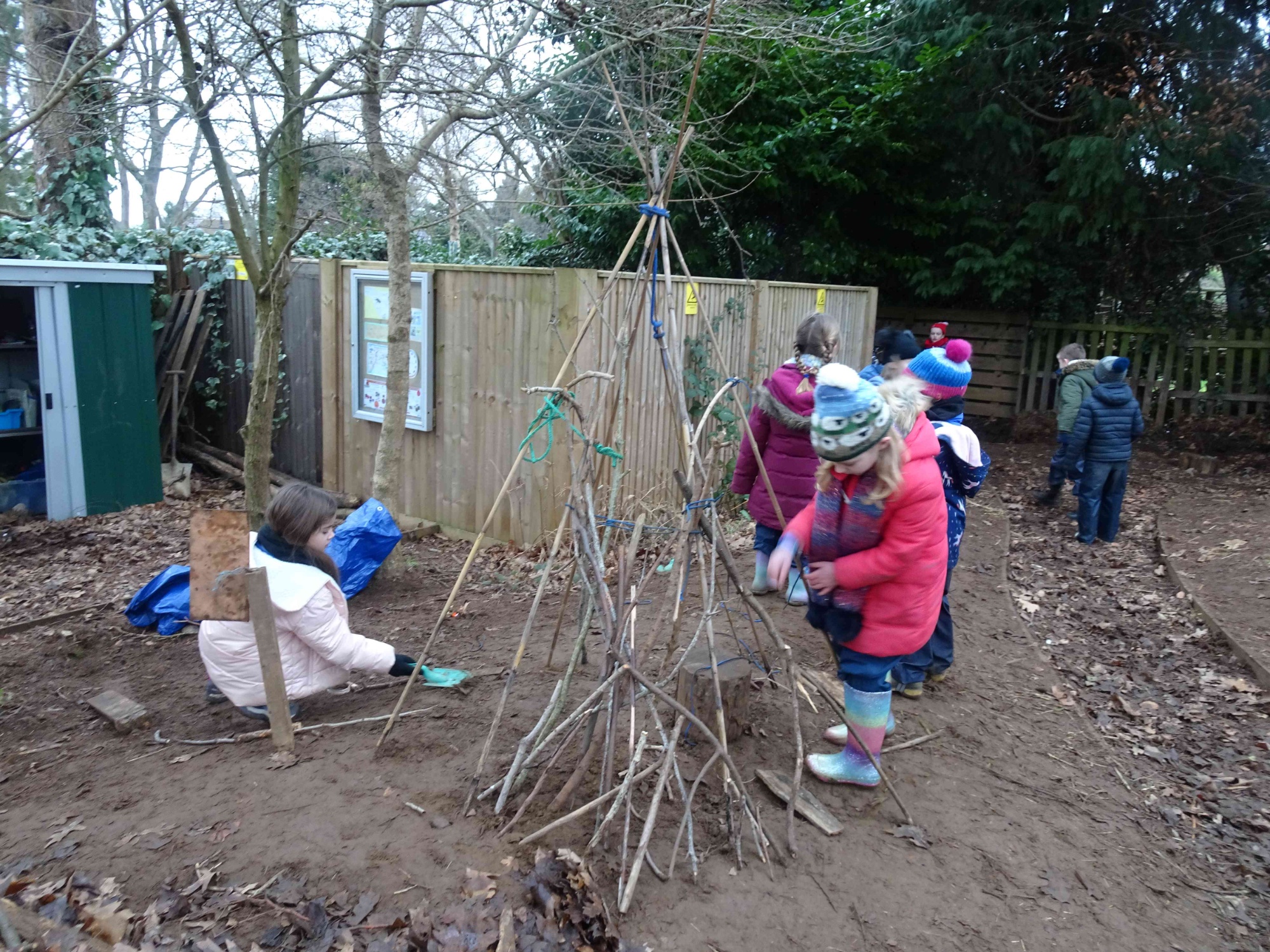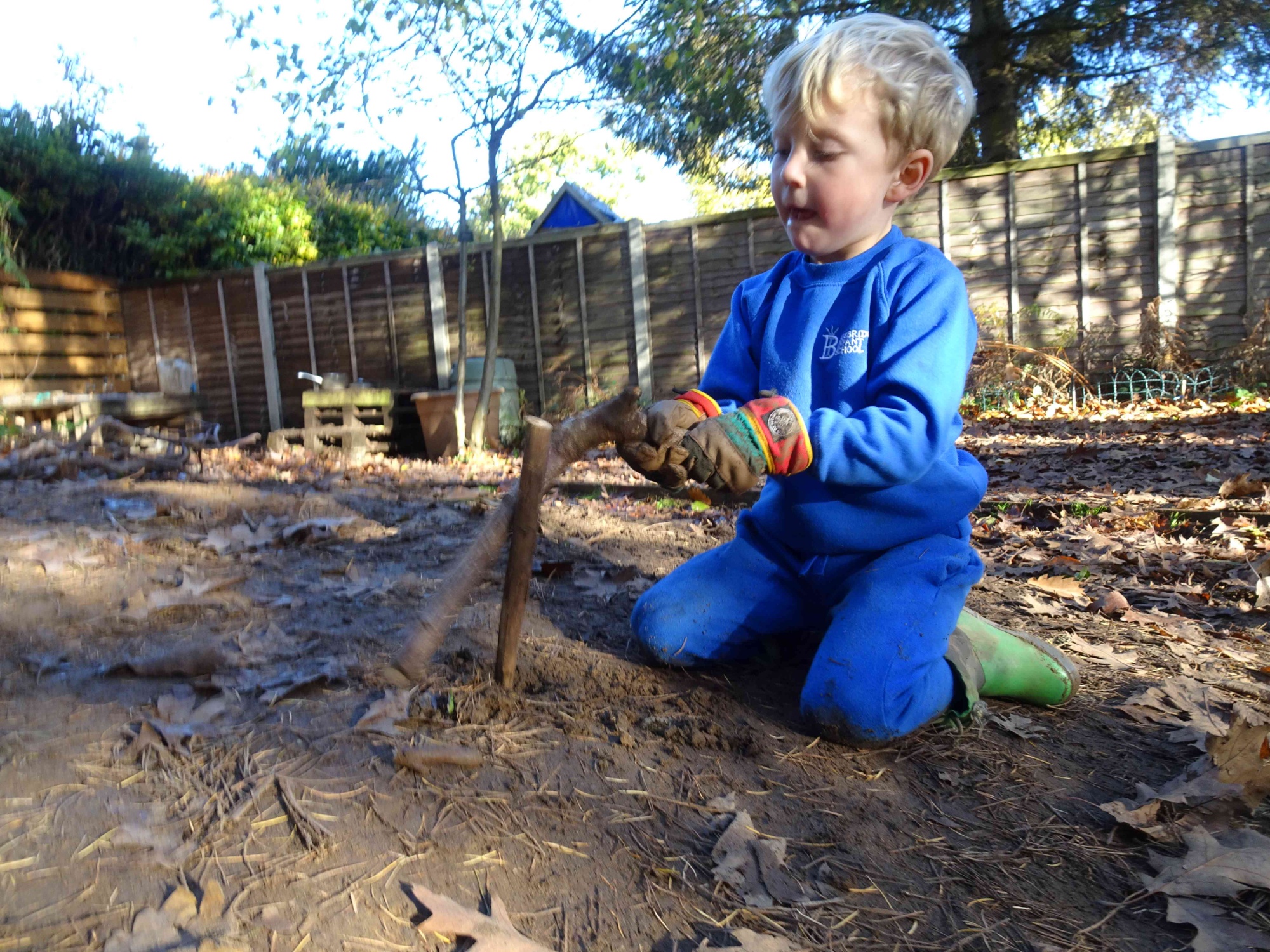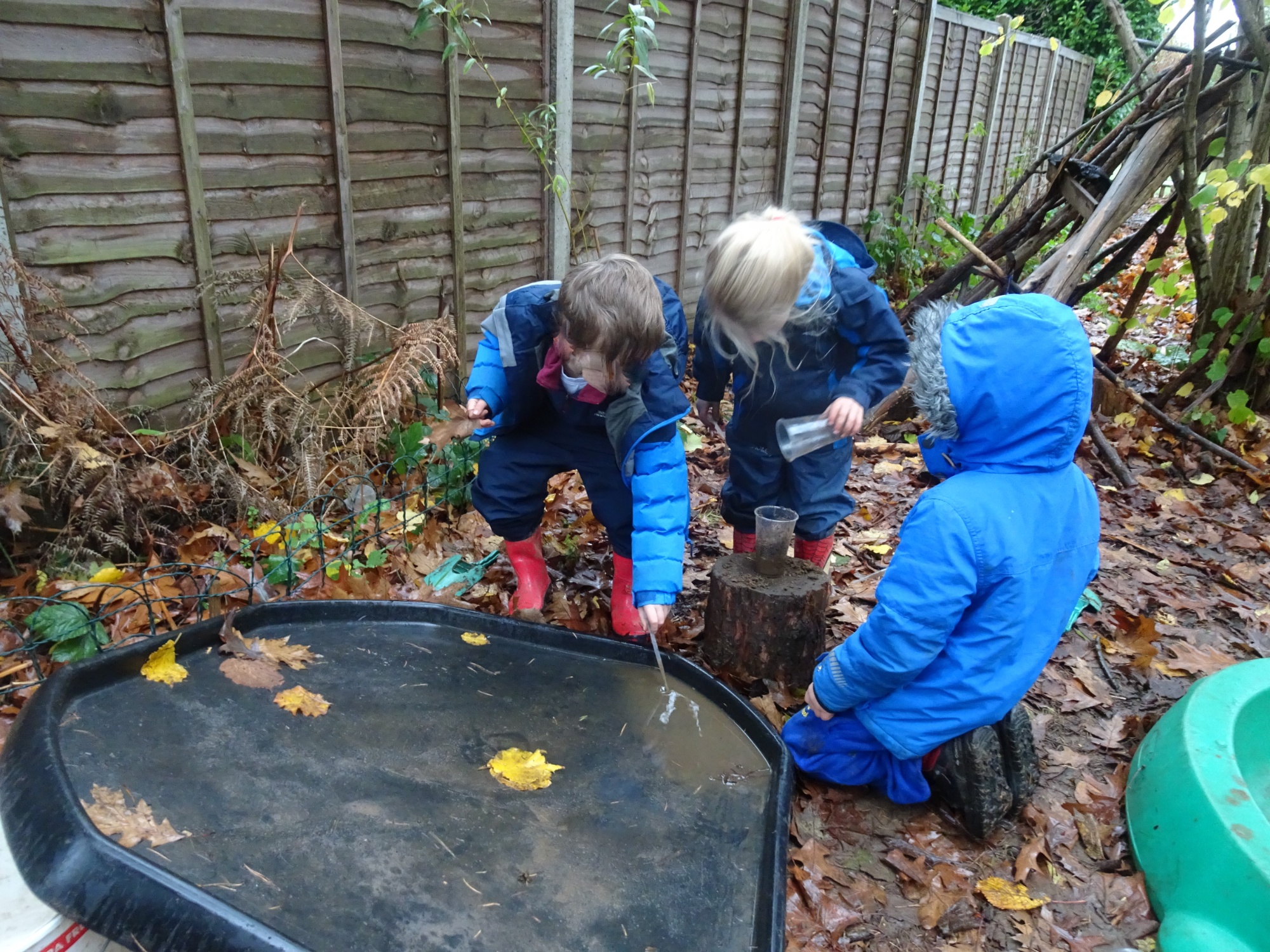Play
Play is a vitally important part of childhood and child development. So much so, that it is part of the UN Convention on the Rights of the Child. There are many benefits to play and a lot of research has gone into finding out why play is so important to child development and learning. It links so well with our school values of Respect, Creativity, Resilience and Collaboration too!
Play is essential to the health and well-being of children. It is crucial to children’s enjoyment of childhood. Through play children’s imaginations are developed, as well as their Creativity and curiosity. Play can help to develop children’s confidence, problem-solving skills, social skills, physical strength, and independence. Language development is also enhanced through play. Play can help children to be active and stay healthy since they can be using their fine and gross motor skills in their play and develop stronger muscle tone. It also can allow children to assess and manage risks and show Respect for the natural environment. It is a hands-on way of learning about the world through experimentation and investigation; building Resilience even when playing in the cold and rain! The fact that they are using so many different types of behaviours in their play makes play a very effective vehicle for learning.
Woodland School provides excellent opportunities for play. It gives children opportunities to play individually, with peers, in teams, or alongside adults demonstrating Collaboration. As well as lots of time for totally learner-initiated play, Woodland School sessions often include games or springboards introduced by adults which the children can choose to take part in or not. They then have the opportunity to develop these ideas in their own play scenarios or to go off and engage totally in their own play.
Some examples of play at Woodland School and the benefits associated with it are:
Den building and associated role play. Den building is a very popular choice of play and children can spend ages playing these types of games. The dens might be small (habitats for animals) or large enough for children to play in them. During this play they are taking part in many different play types. They are exploring the different uses of objects found in the local environment, they are using their sense of curiosity to explore the world around them, testing how things work and solving problems, they are often assessing their own risks when they are choosing materials for their dens or building bridges into their dens. The children are often being Creative in the way that they are playing in their den, perhaps they have found a particular object that they can use for a telescope, or as a fire exit in their den. Through role play in their dens they can be practising fundamental skills that are important for living. Sometimes their role play is fantasy based such as knights and fairy worlds, offering them more opportunities for developing their imaginations and creative play. Throughout all stages of this play there will often be lots of communication between children. There will be communication about how to play the game, role play within the game and often the children will assign roles during construction, like ‘manager’ or ‘leader’ further developing their vocabulary.
Mud-based play and associated role play. This type of play is also very popular at Woodland School. In some instances, children are spending time turning mud into paint for use as camouflage on their dens, but most of the time they are using mud in the mud kitchen to make either potions, soups, cakes or other food items. In some instances, they are pretending to be someone that they aren’t as they make their mud creation, sometimes they are simply acting out providing food for those around them (animals or humans), they are often experimenting, finding out what happens if they add different things to their mixtures. During mud-based play they are nearly always being Creative, by using the mud to represent something different, then communicating what they have done to their peers or adults in the setting. It is often a sensory and tactile experience for the children.
Further examples:
